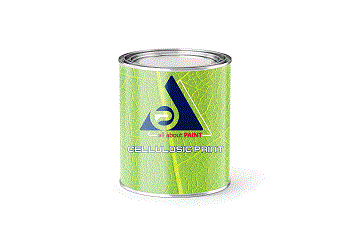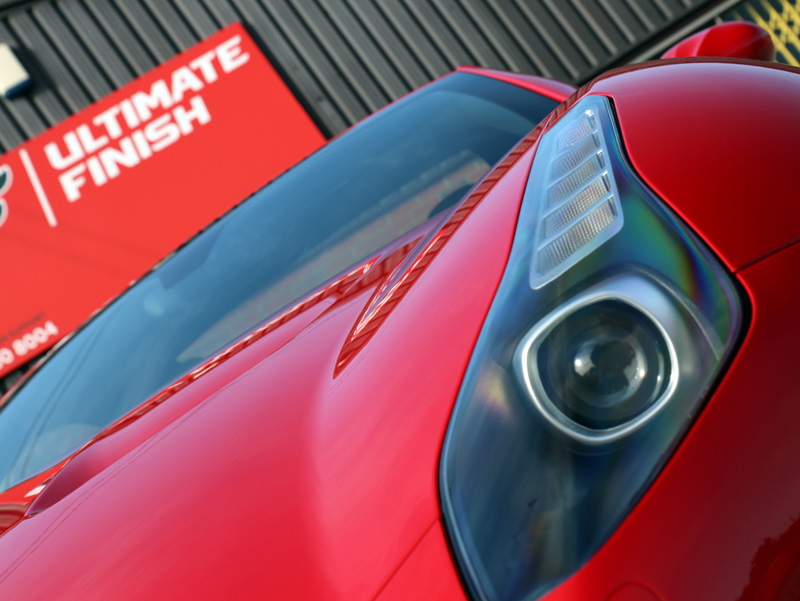basics of paint
:max_bytes(150000):strip_icc():format(webp)/GettyImages-629361015-ca01169aa4434b468a8c1dd553b6dbe2.jpg)
basics of paint
In this article, you'll learn about the basics of paint: what it is, what types there are, which type to use where, and how to choose the right sheen.
Painting walls, ceilings, and home exteriors are some of the most popular DIY fix-ups by homeowners.
Although almost everyone paints from time to time, how many people know what they're buying and applying? Just what is this stuff, and what do you need to know when you buy it.
How much paint do you need? Is the $7-per-gallon paint as good as the $35-per-gallon paint?
And what about latex paint and oil-based paint? or primer?
It can all be pretty confusing and, as a result, many people simply base their decision on price.
They get the cheapest paint they can buy only to find out that they need to paint and recoat and recoat and recoat, just to get the cheap paint to cover.
What Is Paint?
Paint is a mixture of four basic ingredients: pigments, resins, solvents, and additives.
Pigment is the color, and resin is the binder, or glue
. Solvent is the carrier that makes it all liquid and evaporates as the paint dries.
Additives provide specific performance characteristics, such as stain-blocking or mold-killing properties.
Cheap paints have a higher percentage of solvents per volume than better pains.
As a result, there can be a significantly lower ratio of fine particle pigments and resin in a gallon of cheap paint.
This means that most of what you are applying with cheap paint is solvent (water or mineral spirits),
which just evaporates, leaving little pigment behind.
This is why you have to recoat and recoat up to four times with low-quality paint before enough pigment is left behind to cover the color underneath.
So learn from the pros, who value their time: buy the best paint you can afford and avoid having to paint more than twice. Look for manufacturers with a good reputation, and check the label looking for products containing about 45 percent pigment and resins per volume.
Water-Based vs. Oil-Based Types of Paint
All paints basically fall into two solvent categories that define their type: water-based or oil-based. Water-based paint actually has water as a solvent, but just to confuse everyone this paint is most commonly called "latex" even though it does not contain latex. Many water-based paints are made with acrylic and may be called "acrylic latex." The label "oil-based paint" is equally confusing, because most of the time it isn't actually made with oil; it has a solvent of mineral spirits (also known as paint thinner) or alkyd resin. Alkyd can be thinned with mineral spirits, and latex paint is thinned with water. At the paint store, you'll be understood if you use the terms latex paint or alkyd or oil-based paint.
Water-Based (Latex) Paint
Latex paint is the most common type of paint for home use for several reasons:
Cleans up with soap and water
Environmentally friendly; typically contains fewer VOCs (volatile organic compounds)1
Excellent performance
Remains flexible, withstands movement
Can prevent mildew and moisture
Fast-drying
Available in many colors and sheens
You can use water-based paint in almost any application in the home,
from exteriors and trim to interior walls and woodwork.
Alkyd Paint
Alkyd paint is not commonly used in certain home painting applications such as walls. At one time, these paints were the standard for bathrooms and other "wet" areas, since they were easy to scrub, had a higher sheen, and were more durable than the early latex paints. Nowadays, modern latex paint formulas are much more durable and moisture-resistant to the point they are regularly used in these areas of the home as well.
When used in the home, alkyd paints are most commonly reserved for areas subject to heavy wear or prone to impact. These include trim, floors, and sometimes cabinets. Another benefit to alkyd is it has a longer drying time than latex paint, so it does not show brush strokes as much. This is an advantage when painting trim, woodwork, and cabinetry.
Some disadvantages of alkyd paint include:
Typically more expensive than latex paint.
Odor-intensive when drying and typically contains more VOCs.
Requires cleanup with chemical solvent (mineral spirits or paint thinner).
Paint Sheen
Another consideration in selecting the proper paint is a factor called paint sheen. Paint sheen refers to how shiny the dried paint surface becomes when dry. There are five basic sheens:
Flat or Matte
Eggshell
Satin
Semi-gloss
Hi-gloss
Flat or Matte
Flat paints have the least amount of sheen. The advantages of this are that the paint hides imperfections well and the painted surface creates very little glare. The disadvantage is that is not very washable. If you rub the surface with a damp sponge, the paint may come off on the sponge. For all of these reasons, flat paint typically is used only on the ceilings in homes.
Eggshell.
This type of paint has a moderate amount of sheen so it hides imperfections somewhat and produces relatively little glare. It's also fairly washable. These characteristics make it the standard choice for all walls in living areas—that is, everywhere except kitchens and bathrooms.
Satin.
This paint is similar to eggshell and is sometimes a half-step up in glossiness. Some manufacturers offer satin in place of eggshell; others offer both.
Semi-gloss.
This option is used in kitchens, bathrooms, laundry rooms, and similar areas that need the high washability and moisture-resistance of a glossier paint. It's okay to use eggshell or satin in these areas, too, provided the surfaces stay dry, but semi-gloss is a better all-around option.
Gloss.
Gloss paint is used on trim, doors, and cabinets because it's tough and highly washable. It also reflects a lot of light, which makes these small but detailed elements pop with color.
In addition to applying the instructions on the paint cans, you should also follow the guide to the basics of paint.
Close *Name * Email * text message |

.png)
.png)
.png)
.png)




